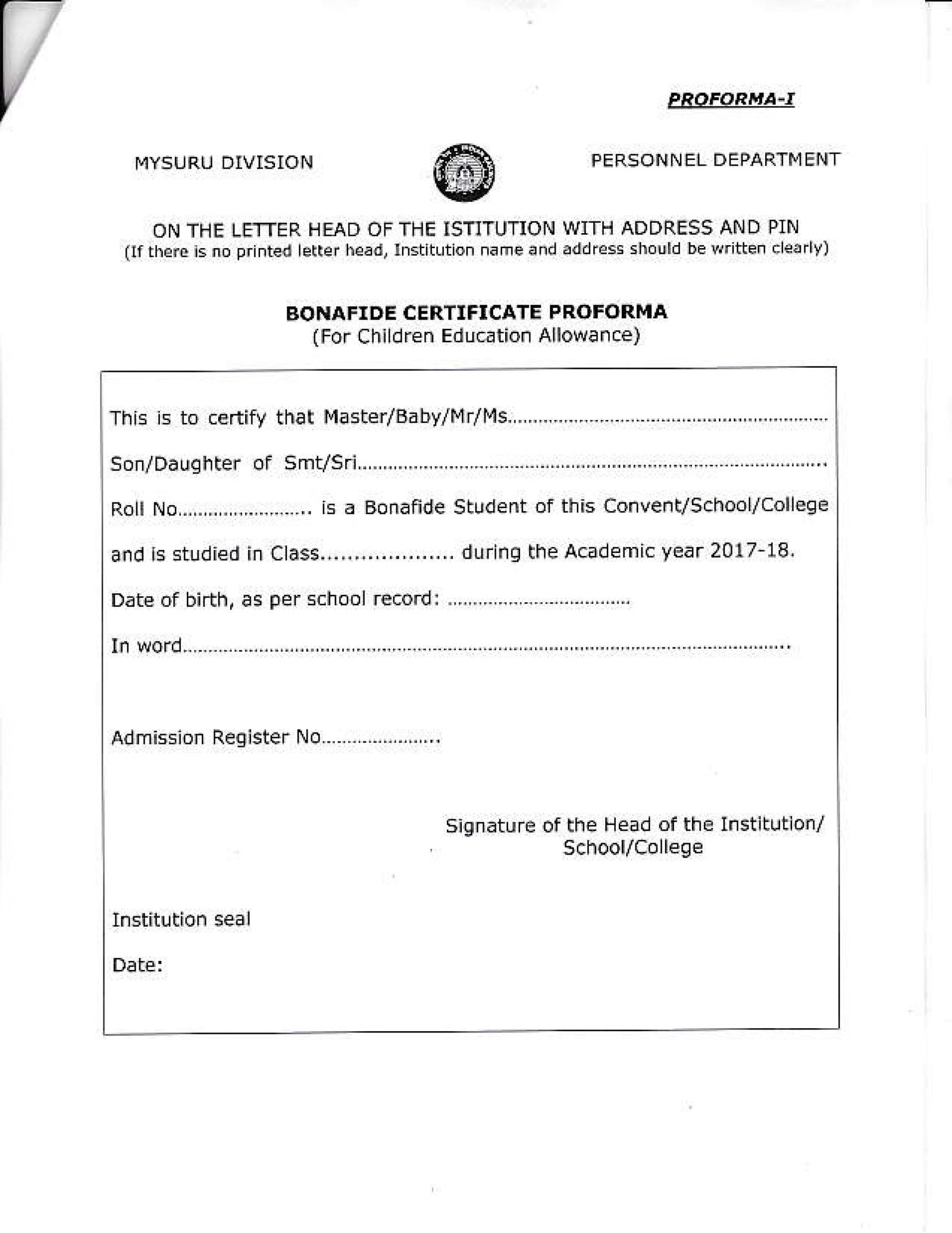Aircraft Certification
Aircraft modification
The move now is for aircraft maintenance organisations who have traditionally carried out aircraft modification to STC to seek from the FAA what they term Organisation Designation Approval ODA. After approval, the company receives Supplemental Type Certificate (STC) Organization Designation Authorization (ODA). This designation enables a company to approve design data, tests, and analysis and allows the company to sign an STC on behalf of the Federal Aviation Administration (FAA) for aircraft alterations. In practice, it is a means of self-certifying their own work.
As part of this ODA, a company uses a team of experienced engineers, pilots and other aero industry professionals to provide design and certification services. They can then issue STCs for alterations and modifications on a broad range of aerospace products. These include complete aircraft interiors, aero engine retrofits, airframe modifications, cabin in flight entertainment systems, glass cockpits and other major avionics upgrades.
The benefit to the operator of the aircraft is that of saving downtime, because STC certification can now be delivered so much quicker, in from 45 to 60 days. The new ODA is not tied to an FAA Repair Station, and certification work can be done on aircraft in approved facilities anywhere around the world.
EASA Part M CAMO
This is echoed by a similar approach in Europe where an EASA Part M continuing airworthiness management organisation CAMO can certify from general aviation through corporate aircraft maintenance to large aircraft and airline fleet requirements. An approved company under EASA Part M Subpart G Continuing Airworthiness Management Organisation (CAMO) gets its approval through their national aviation authority, in the UK, CAA. This approval permits an organisation to manage the continuing airworthiness of EASA aircraft ranging from GA through to large aircraft. This work can be carried out independently or through sub-contract support. The CAMO approval includes Airworthiness Review Certificate (ARC / Subpart I) privileges and the ability to indirectly approve aircraft maintenance programmes and amendments for customers on behalf of the UK CAA.
Supplemental Type Certificates STCs
Supplemental Type Certificates (STCs) are documents issued by the Federal Aviation Administration approving a product (aircraft, engine, or propeller) modification. The STC defines the product design change, states how the modification affects the existing type design, and lists serial number effectiveness. It also identifies the certification basis listing specific regulatory compliance for the design change. Information contained in the certification basis is helpful for those applicants proposing subsequent product modifications and evaluating certification basis compatibility with other STC modifications Bonafide Certificate Meaning.
The FAA denies its new Organisation Designation Approval ODA, could compromise safety standards, but claims the new self-certification process will transform how aircraft interior companies and even aircraft manufacturers like Cessna, Gulfstream and Boeing, go about the all-important business of making sure their products and processes are safe.
Although the FAA set up the self-certification programme in 2006, ODA is not an easy thing to obtain. The successful applicant is acting as the FAAs agent, on behalf of the FAA, to issue type certificates and to certify everything from seats, galleys, lavatories and in flight entertainment systems to production, aircraft design and even airworthiness. Gulfstream was the first aircraft manufacturer to win ODA authority. It is seen as a logical step on from existing organisational delegation programmes, optimising those existing programmes. Sometimes, aircraft modification will require structural strengthening of the cabin floor. Engineering teams must design the new configuration and carry out stress and flammability testing of everything that will go on the aircraft, ensuring, for example, that the seats meet the latest 16g requirements and the lavatories meet 9g requirements. As the overall interiors integrator, a company with ODA brings in all the other suppliers, from the seat maker to the IFE provider.
In the past, all the data involving the installation process of a new aircraft interior would have to be submitted in stages to the FAA for approval. The FAA has managed this process by using Designated Airworthiness Representatives DARs and Designated Engineering Representatives DERs. These inspectors. appointed by the FAA, may be employees of the company or outside contractors, but they represent the ears and eyes of the FAA Within that company. These representatives of the FAA have the authority to certify particular items and processes as safe on behalf of the agency. Former in-house inspectors are now part of an ODA organisation, and instead of the FAA signing off on the data, its all done in-house.
Under the old FAA-managed system delays were common and estimates of when the interiors work might be accomplished or when the customer would be able to return an aircraft to service a stumbling block. An eight-week reduction in a modification project and a week to 10 days in issuing the STC is a significant saving. From an operator's point of view, the contractor is also more accountable.
Equally, for someone in the FAA to go out and inspect a Boeing brake system, for example, when Boeing could do it themselves is in many ways not logical. In practice, operating as a DOA, Boeing could have more FAA audits and more supervisory visits on a recurring basis than ever before.


Comments
Post a Comment